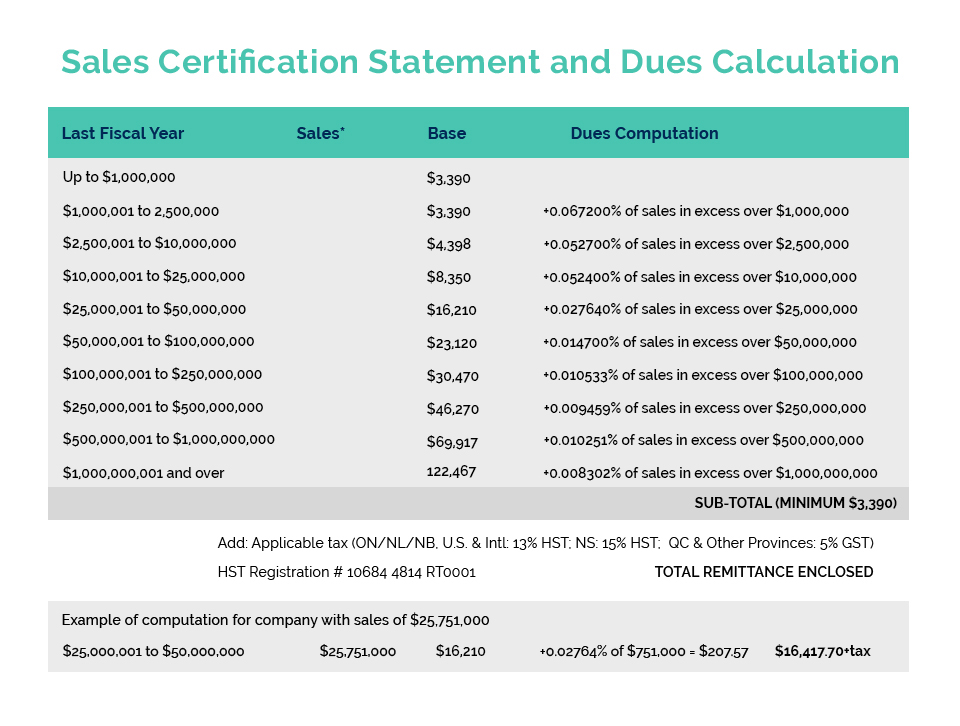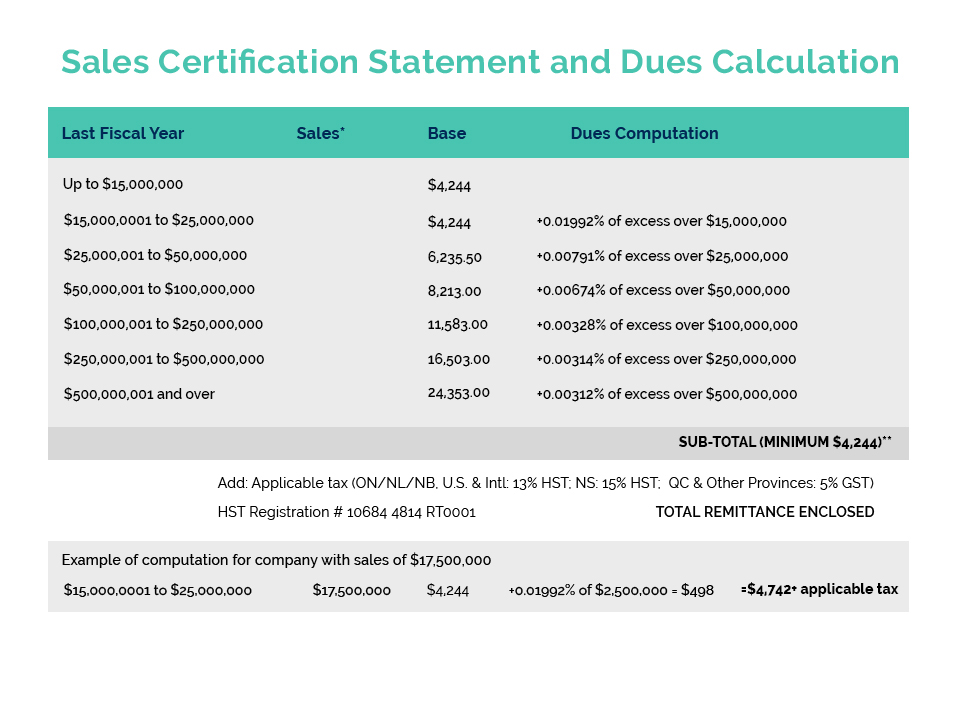On this first National Day for Truth & Reconciliation, I am sure that there will be much media coverage across our country that underscores the importance for all Canadians to take some time to attempt to understand the terrible history and effects of the residential school system, as well as the relationship between aboriginal Canadians and the rest of us with whom this land is shared. I know that there is little that I am able to add to the many voices who are far more knowledgeable and insightful than I on this subject, but I would like to take a few moments to share some thoughts from my days as Minister of Northern & Aboriginal Affairs in Manitoba in the 1990’s.
As part of my portfolio, I was responsible for my Province’s participation in the negotiation of various land claims with various first nations as well as the federal government. Most of these claims were for treaty land entitlements going back to the signing of the first western treaties beginning in the 1870’s. Hard to believe, but they had been in negotiation in one form or another for the better part of a century with no resolution.
The origins of these claims were quite straight forward and supportable using materials from the Canadian government’s archives. At the time each treaty was signed, the Government of Canada committed to set aside a defined number of acres of land for each family or person. When the reserves were surveyed shortly thereafter, many of the Government’s own agents undercounted the population – ignoring the Government’s own band membership lists – to deliberately set aside less land than was promised.
A half century later in 1930, the Canadian Government acknowledged this land “shortfall” when it transferred control over crown lands and natural resources to Manitoba, Saskatchewan, and Alberta, and so required each of these provinces to provide such “unoccupied crown lands” as necessary to satisfy unfulfilled treaty commitments. (Unlike other Canadian provinces, responsibility for crown lands originally remained with the Federal Government in the prairie provinces when they were created.)
After a further half century or more, little still had been done to settle these now century old claims. It was only after intense legal and political pressure on governments by first nations communities in the 1980’s and 1990’s that settlement agreements were finally concluded which provided for the acreage promised, a process to select the additional land, and monetary compensation.
This experience taught me two important lessons that I have never forgotten. The first is that our country has a long history of betraying its treaty commitments to aboriginal people, while enjoying the benefits which came from the peaceful transfer of land which the treaties afforded. And secondly, that whether we be Aboriginal, descendants of earlier settlers, or new Canadians, we are ultimately ALL treaty people. We as Canadians ALL share the responsibility to live up to the obligations made on our behalf many years ago.
Today’s National Day for Truth & Reconciliation provides an opportunity to think about our history, our obligations, and the future of this country which we are still building together!
Darren Praznik
President & CEO
Cosmetics Alliance Canada







